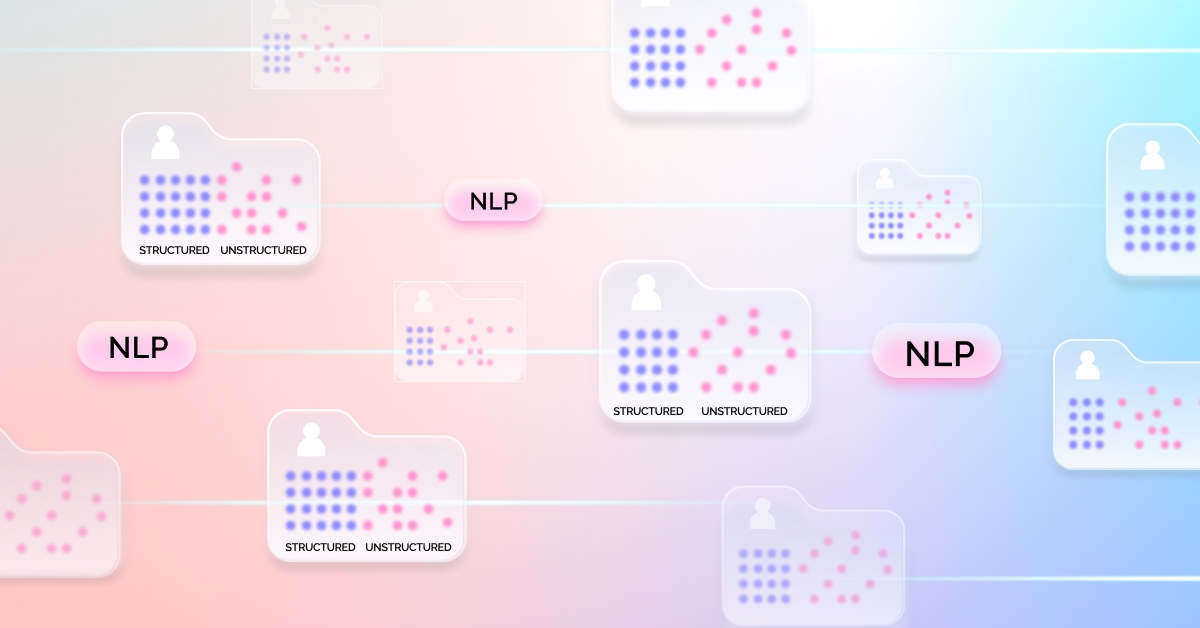The pandemic and its aftereffects highlighted the resounding health inequities that exist in communities. Here in the United States, a spotlight has been placed on the fact that issues such as race, gender, social, and economic circumstances impact our health, and a lack of equity increases the risk for disease and illness.
We finally have an opportunity to address health inequity ─ starting with improving data accessibility.
Traditionally, health data has lived in siloed databases ─ an approach that worked well in the 19th and 20th centuries when patients only had a handful of care team members over the course of their lifetimes.
Nowadays, the opposite is the case and you may have several care team members ─ plus digital or telehealth options. The result of this is massive growth in health data collection thanks in large part to electronic health records and data collection efforts.
Today, health data accounts for an astounding one-third of global data. Yet, 80 percent of it remains completely unused.
This is because keeping huge repositories of health data has been both expensive and difficult to extract and utilize. The repositories we do have tend to reflect antiquated data no longer reflective of our country’s population ─ only further spurring inequities in our healthcare system.
Thanks to new and emerging technologies in the data accessibility space, we can securely access health data across multiple sources with seamless protections for patient privacy and no longer rely solely on stored data for medical studies or patient care.
By making this data ─ which is often housed in dissimilar databases ─ more accessible, doctors, researchers, and scientists can utilize sources that represent a wider variety of people from different backgrounds and ensure health data sets better reflect the diversifying population of the United States.
Imagine a world in which we can harness the power of a patient’s data from multiple health-related sources to create a longitudinal view of data; we’d be able to improve health outcomes and drive the research and development of countless cures.
As we continue to re-think how our healthcare system operates in the aftermath of the pandemic, using new technologies to improve data accessibility should be core to our efforts to address the enormous inequities that have existed for decades.
With better data, we can build a more equitable healthcare system.
– This content, was originally published on AHIMA foundation’s blog by Pam Holt.



